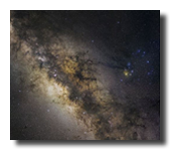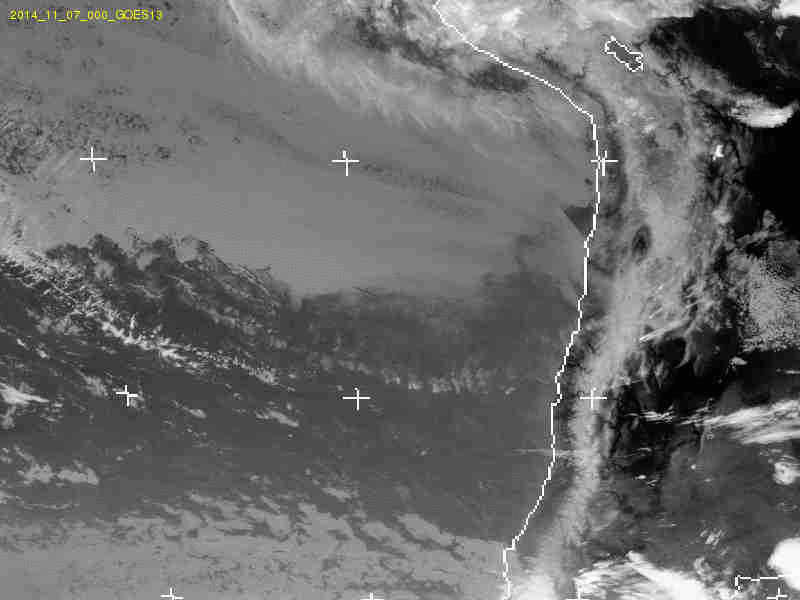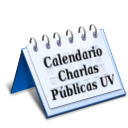The aim of Particle Physics is to describe natural phenomena taking into account the fundamental constituents of matter and its interactions. To date we know that matter is made up of quarks (that for example exist inside protons and neutrons) and by leptons (like the electron). Said particles, by their varied interactions, form different structures present in our Universe. For other side, according with our actual knowledge, the fundamental interactions responsable of all physical phenomena are four: gravity, electromagnetism, weak and strong interactions.
In our Institute, research on Particle Physics is focused in two big topics. For one side we work on development of mathematical techniques to evaluate Feynman diagrams at high order, that are usual tools in any perturbative calculation used to study processes that involve subatomic particles. And for other side our group works in hadronic physics in the non perturbative region using different phenomenological methods, specially those based on Gauge / Gravity dualities in Bottom - Up approach and using Light Front Holography.
Investigators:
Professors: Alfredo Vega - Iván González - Quintín Molina
La investigación del Centro de Astrofísica, en Astrofísica Galáctica cubre las siguientes áreas:
Modern cosmology assumes that galaxy mergers play a fundamental role in the formation and evolution of galaxies, and thus their assembly. Because star clusters are common in many different types of galaxies, it is often said that star clusters can enable the reconstruction of the merger histories of their parent galaxies. However, in order to trace the formation and evolution of galaxies using star cluster populations, it is necessary to investigate how different galactic environments affect their basic properties. In this project we intend to improve our knowledge of the Galactic open cluster system by analyzing a large sample of infrared open clusters that are hidden behind dust and gas.
The main goal of the proposed project is to further investigate the population of open clusters in our Milky Way galaxy, by extending the current sample (Dias et al. 2002) towards its highly obscured and central parts. This will allow us to gain unique insight into the formation, evolution, and dissipation of open clusters in the Galactic environment. We propose to build a large (100-150), statistically significant sample of star clusters, practically invisible in the optical bands with homogeneously derived physical parameters — angular sizes, radial velocities, reddening, distances, masses, and ages.
Through this project, we will:
1. Provide a distribution map of these star clusters throughout the Galaxy;
2. Study the effect of Galactic position on cluster evolution;
3. Constrain important processes and parameters that are key in understanding cluster formation and evolution. In particular, by focusing our efforts on the very early stages (up to 10 Myr) of the clusters’ life histories, we will be in a position to constrain the Galactic star formation rate, duration and efficiency of the star formation process, initial mass function, disruption effects and the interaction of the young stars with their molecular clouds.
4. Trace the structure of the Galactic disk. The recent studies of the disk structure based on open clusters are complete out to only 1 kpc from the Sun. We will re-derive and greatly extend many of the existing relations, such as: galactocentric distance vs. age distribution, open clusters age histogram, distance to the Sun vs. reddening, distribution of open clusters as a function of metallicity, etc. To achieve our goals, we will use the unprecedentedly deep infrared data from the VISTA VVV survey and UKIRT Galactic Plane Survey, complementing our near-IR database with the NASA WISE mid-IR all-sky survey, X-Ray,APEX, ALMA and APOGEE2.
Investigators:
Professors: Jura Borissova - Radostin Kurtev - Amelia Bayo
Postdocs: Sebastián Ramírez - Michael Kuhn - Pía Amigo - Josephine Chan - Mariusz Gromadzski
Students: Claudio Navarro (PhD) - Nicolas Medina (MSc)





